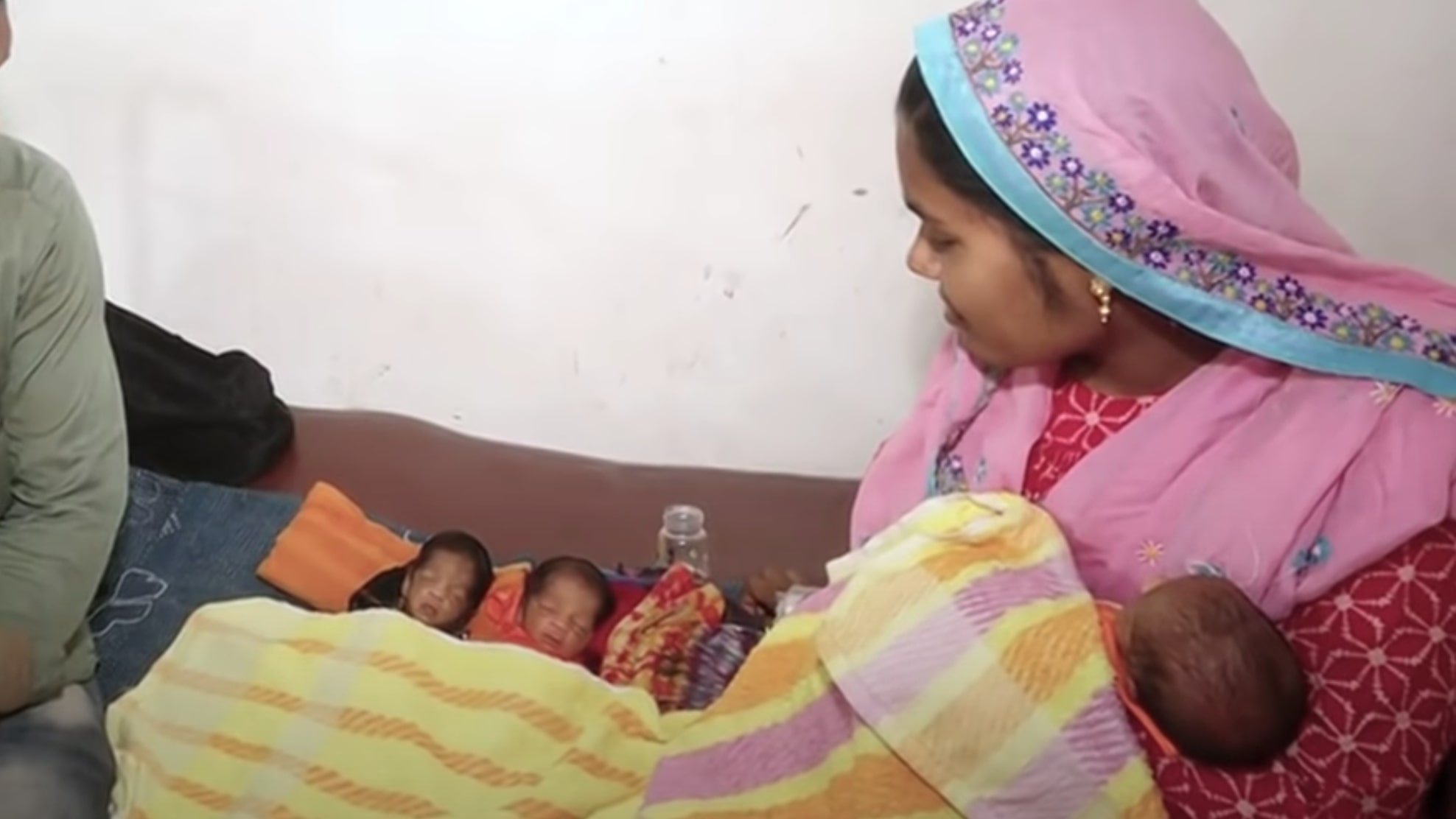For most women, giving birth once is one of the toughest things they can ever live through. But doctors have told multiple news outlets that a young woman in Bangladesh gave birth to twins less than a month after giving birth to another child.
Dr. Sheila Poddar, a gynecologist at Ad-Din hospital in Dhaka, told CNN that Arifa Sultana has been diagnosed with uterus didelphys, meaning she has two uteruses.
The diagnosis was made after the 20-year-old gave birth to a boy in February and then came back to the hospital 26 days later and gave birth to twins.
The very rare congenital abnormality was discovered when Sultana came to the hospital and said she had severe pain in her lower abdominal area just weeks after she delivered her first child.
After an ultrasound, Poddar told Sultana she was pregnant again with twins. The first boy and the twins were conceived separately in different wombs, forcing Poddar to perform a C-section to get the twins out.
"She came to the hospital complaining of lower abdominal pain. All three children are safe and healthy. The mother is also fine," Poddar told CNN.
According to the BBC, Sultana lives in a small rural village in the Khulna district and gave birth to her first child at Khulna Medical College Hospital. But she was moved to Ad-Din hospital after the abdominal pain surfaced and gave birth to the twins on March 21. While Sultana and her husband, Sumon Biswas, are happy with the children, they did express concern about how they will be able to afford all of the expenses related to raising three children.
In an interview with the AFP wire news agency, Sultana and her husband spoke about her excitement and concerns saying, "I don't know how we will manage such a huge responsibility with this little amount."
Dr. S.N. Basu, head of obstetrics and gynecology at Max Healthcare hospital in New Delhi, told CNN that the condition is not very common.
"When the uterus develops, it comes from two tubes, and those tubes fuse together. For some women, the fusion does not occur, and the dividing wall does not dissolve. From rural areas, people don't know what is wrong with them," Basu said.
But another doctor, Dr. Christopher Ng of the GynaeMD Clinic in Singapore, told the BBC the condition was actually not uncommon.
"If you go for a scan beforehand it would be very obvious to see two sets of uteruses. But obviously they are from a more rural area [and might not have access to ultrasound scanning]. [It's likely that] three eggs ovulated and were fertilized at the same time during her fertile period which resulted in three embryos," Ng said.
CNN reported that National Institutes of Health statistics have shown that uterus didelphys has an incidence rate of one in a million, but the BBC said one in 1,000 women in the UK may have the condition. A 2009 article from the Scientific American said one in 2,000 people have two uteruses and one in 25,000 people with the condition are able to conceive in both uteruses at once.
